7 ways to prevent your clothes from tangling in the clothes dryer
Here’s how you can keep your sheets from tangling in the clothes dryer
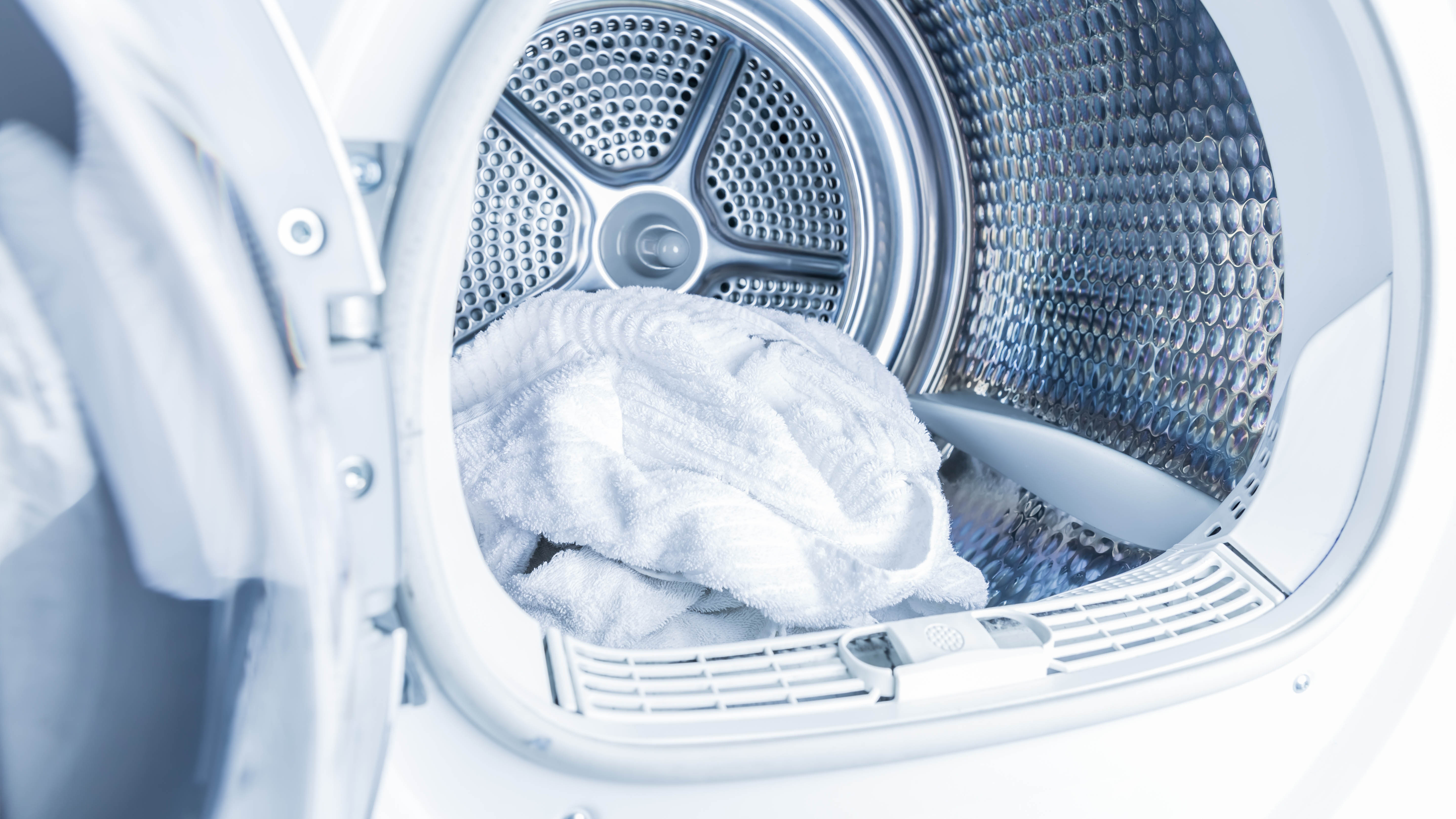
There’s nothing quite so convenient as using one of the best clothes dryers. Your wet laundry goes in, and an hour or so later, your items emerge dry and ready-to-wear. However, it’s unfortunately not always as simple as this. Clothes are known to entangle in the clothes dryer, particularly when there’s a bed sheet in the mix. As a result, when you open the door at the end of the cycle, you might be greeted with a wad of wet laundry — dry on the outside, but damp in the center.
This isn’t ideal for anyone. You need to spend time detangling the mess, and then throw it back into the dryer to finish what it started. What seems like a quick job can end up taking far longer than it should, consuming a lot of unnecessary energy in the process. Thankfully, you don’t need to put up with this hindrance. We’ve broken down 7 ways you can prevent your clothes from tangling in the clothes dryer. That way, you can get the ideal performance from your appliance every time, no matter what you’re drying.
Want to know more about clothes dryers? I test appliances for a living — here are my top 9 clothes dryer tips.
1. Don't overload
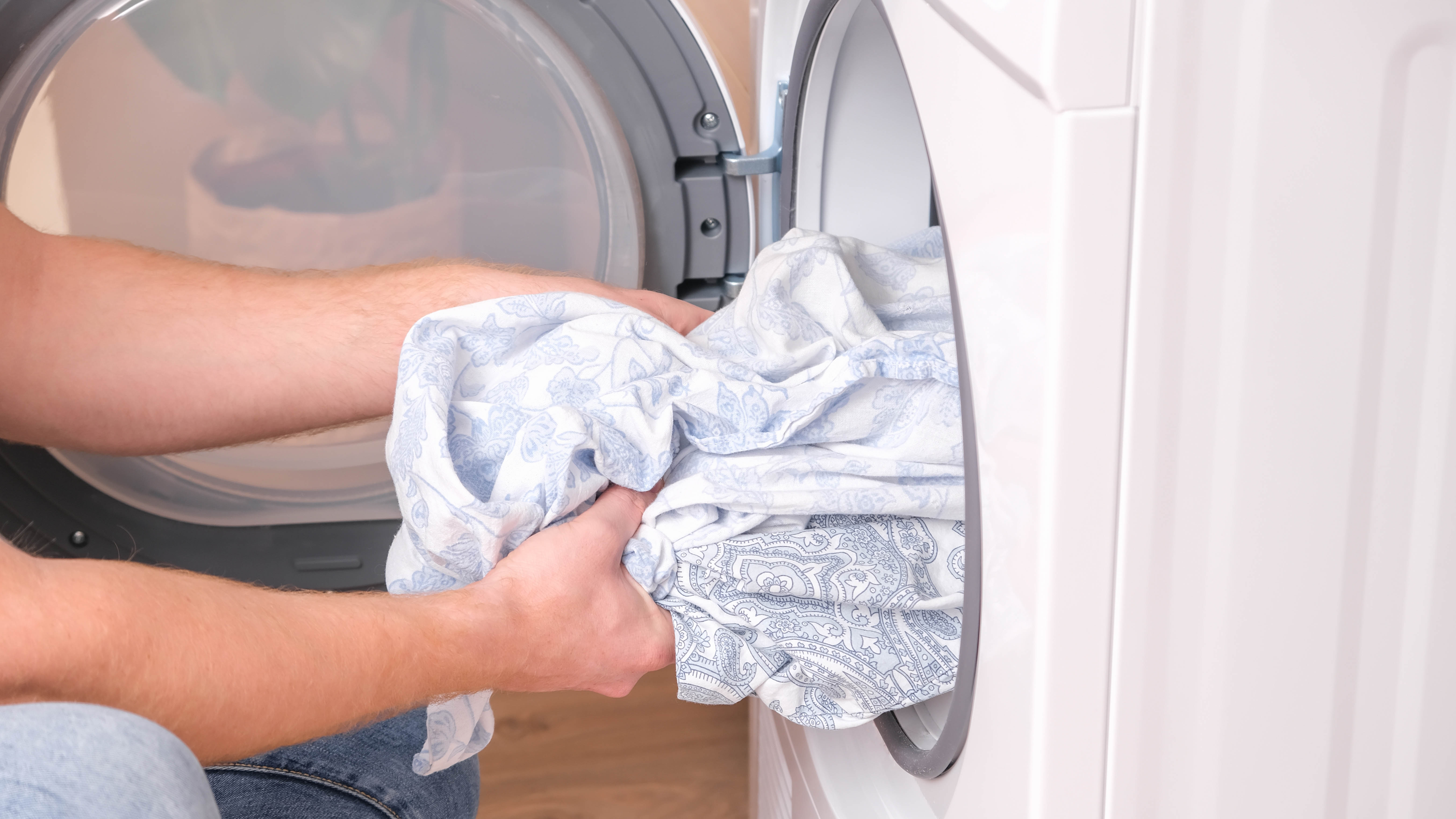
You might assume overloading your dryer will prevent the clothes from tangling. After all, if there’s less free movement, there’s less chance of the items knotting up, right? Wrong. In fact, it’s actually the other way around. Your laundry needs this space to stop it from tangling up — its being crushed against other items will only encourage tangling.
On top of this, your laundry won’t dry effectively if the drum is overloaded. This is because there’s a reduced air flow within the cycle. The heat essentially can’t reach the core of your laundry, so only the outside will be dried. Because there’s less rotation within the drum, the outside of the laundry could be overexposed to the heat as well, resulting in damage.
Overloading in general won’t be good for your clothes dryer either — it will have to work harder to dry the load, and consume more energy to do so. So, avoid overloading if you want to avoid tangling, and to help your clothes dryer last longer. Stick to the capacity your clothes dryer advertises.
2. Shake the items out after washing
If the items go into your dryer knotted, is it really so surprising that they come out the same way? It’s indeed tempting to just chuck your wet laundry straight into the clothes dryer, exactly as it emerges from the washing machine. But, you might have noticed things can come out tangled here too.
Get instant access to breaking news, the hottest reviews, great deals and helpful tips.
Take the time to detangle and shake out each item before loading it into the clothes dryer. This will help the air flow reach the entire surface of the material more effectively. In essence, the load will dry more quickly off the bat. This will also deter wrinkles from forming so easily in your laundry, so it’s definitely worth the couple of extra minutes.
3. Sort your laundry
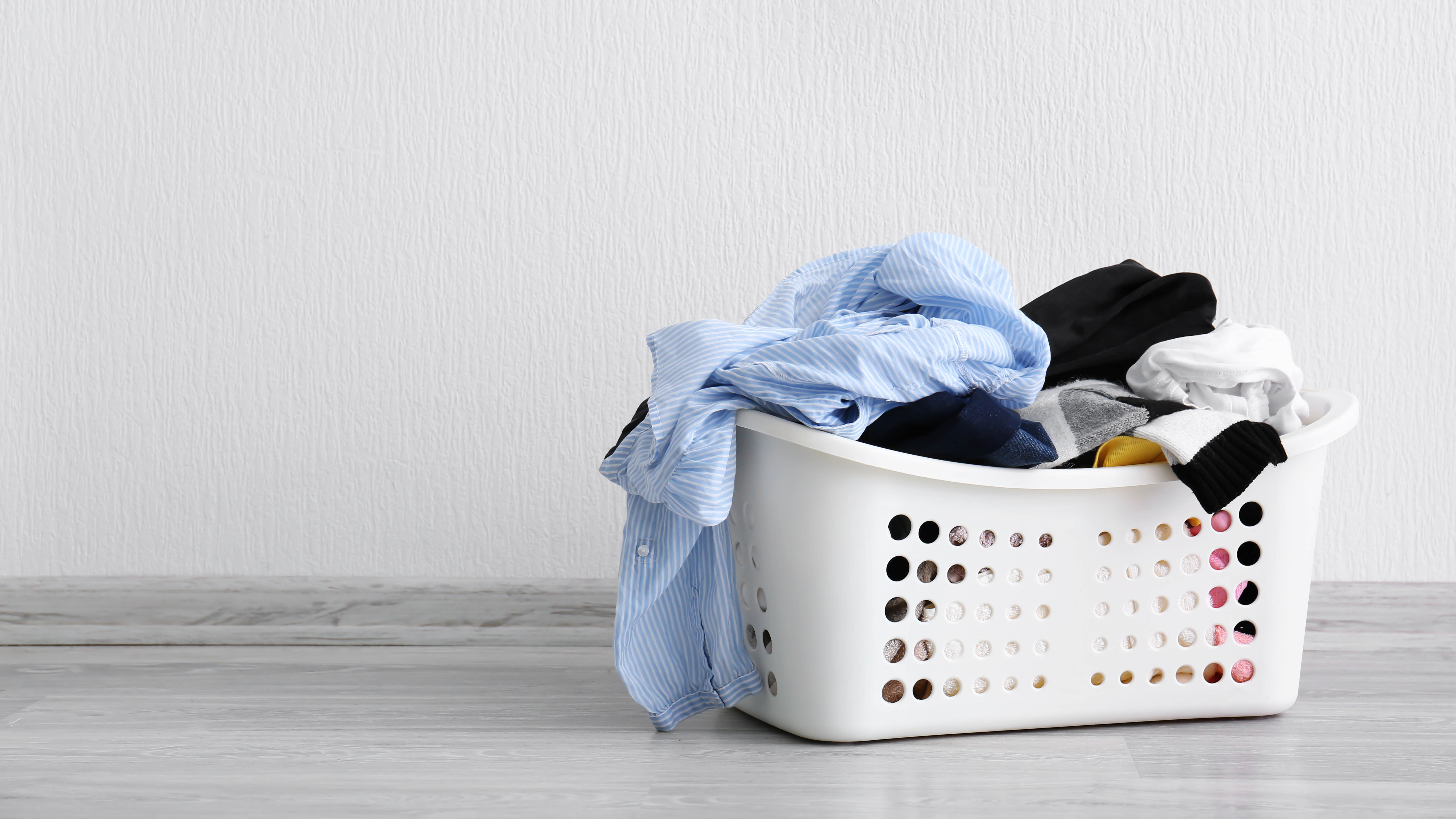
It’s all too annoying when you discover a rogue sock or pillowcase has burrowed its way into your sheets. Both items end up damp, and often smelly if this goes unnoticed when you unload the otherwise dry laundry. But, you can prevent this problem by simply organizing what you wash and when.
In essence, you want to dry large items and small items separately, and keep similarly sized items together. So, wash your bedsheets, towels and any other large items in one cycle, and your smaller everyday items in another. In doing this, you can prevent any future stowaway surprises.
Static electricity can also contribute to clothes tangling in the dryer. As the items make contact and produce a static charge, they end up clinging and sticking to one another — encouraging tangles and knots. You can use dryer sheets to keep static to a minimum, although these aren’t very friendly to the environment. Instead, add up to 1/2 cup of distilled white vinegar to the rinse cycle of your washer; this should reduce static.
Alternatively, synthetic items are the biggest contributors to this problem, so you could dry these separately to your natural items to reduce the static in one load. You could always dry your synthetics using a drying rack instead; this is one of 8 ways to ditch the clothes dryer and save on energy.
Although, keep in mind there are 10 Things you should never put in the dryer.
4. Use a sheet detangler
Tools do exist which can help keep your laundry from tangling up. An example of this would be the Wad-Free for Bed Sheets ($19.99, Amazon). These items work by essentially keeping the sheet more enclosed during the wash and dry cycle so it’s less likely to catch other items and envelop them. The corners may be pinned together, as with the above item, or the sides of the sheet may be clipped together. In either case, the opening and surface area of the item are reduced. These are particularly useful if you struggle with tangling bed sheets more than anything.
5. Button up buttons
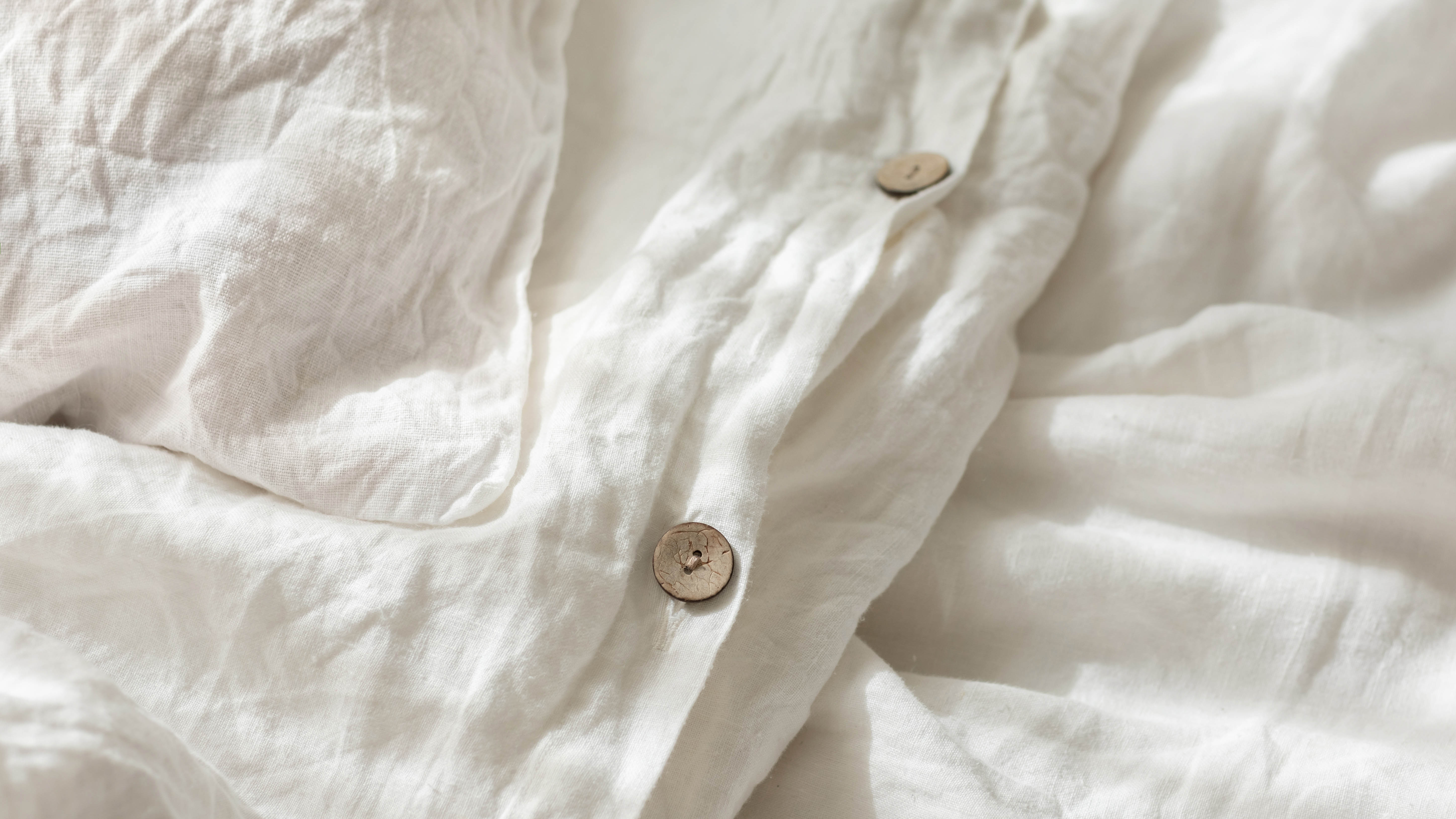
Another method to stop items from catching inside of larger ones, such as bedsheets, is to simply do up the buttons. This essentially closes up any openings, so items can’t find their way within during the wash and dry process.
You might question whether you would actually save any time in doing this, particularly as you have to undo the buttons when you make the bed again. But, you don’t have to do up every single button — every other one should be enough to make an impact, which doesn’t take long at all. Plus, considering the alternative could be a forgotten, smelly and moldy sock, it’s surely the preferable of the two ways to spend your time.
6. Dryer balls
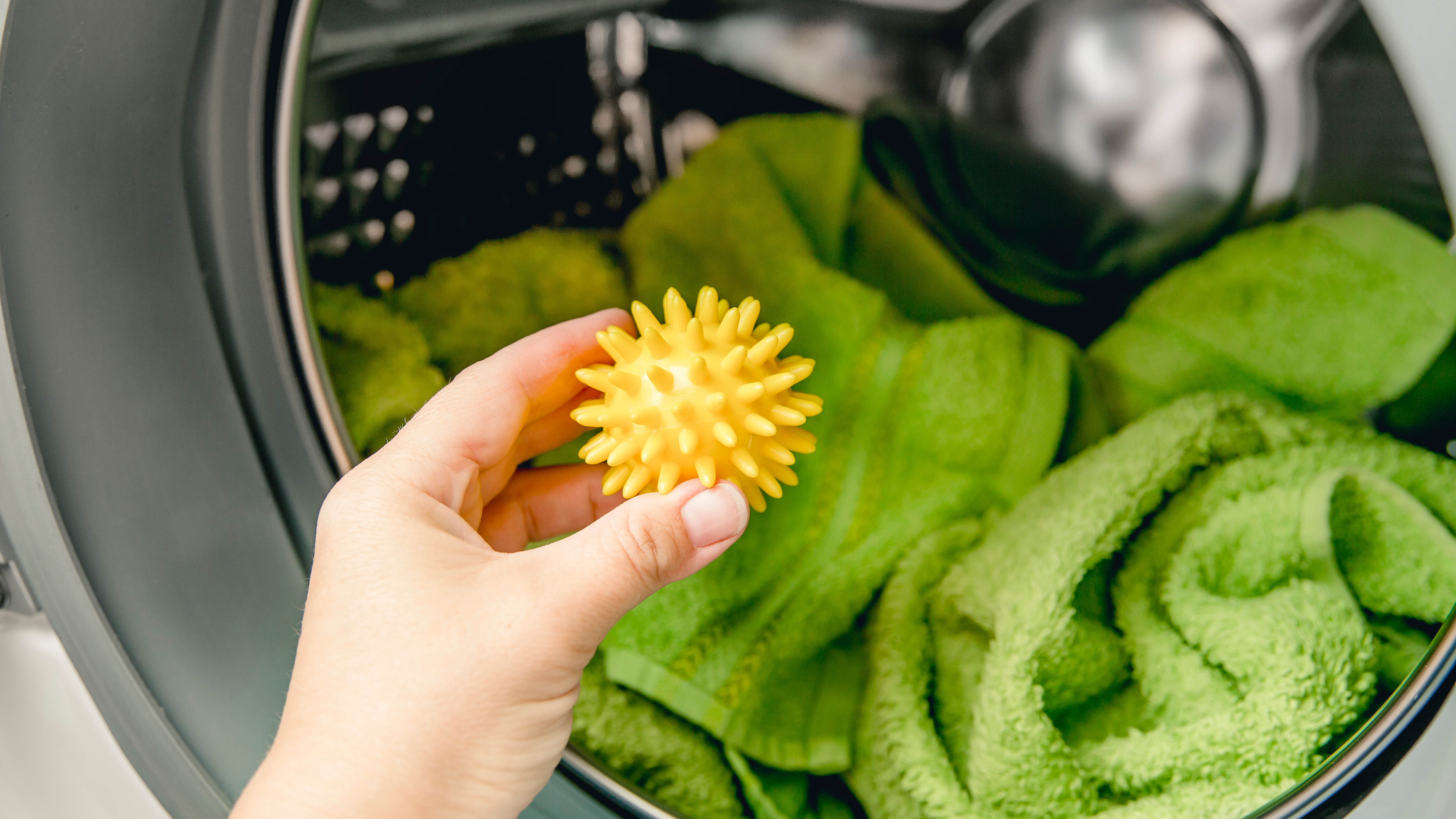
And don’t forget about the usefulness of dryer balls as well. Often made of wool, plastic or rubber, these essentially bounce around and agitate the load during the drying process, helping to soften as well as separate your laundry. An example of this would be the Handy Store’s Wool Dryer Balls ($13.99, Amazon).
As the balls bounce into your laundry, it’s dislodged, which prevents tangles and helps the hot air flow reach the entire load more quickly. So your laundry will emerge soft and less tangled, while drying in a faster time. Why wouldn’t you use dryer balls?
7. Shake the items throughout
Try as you might, unfortunately the load can still end up tangled. That’s why it’s best to keep an eye on it as it runs and check it intermittently. We recommend pausing the cycle every 20-30 minutes to shake out the items, exactly as you did when you first loaded it. This gives it a fresh start, so to speak, as often as necessary and prevents tangled items from impairing the drying time. It’s extra effort, but it will ultimately save you time and frustration.
For more washing tips, tricks, and how-tos, check out our guides on the best washing machines, when you should and shouldn't use the quick wash setting and what do laundry symbols mean?

Katie Mortram used to be a Homes Editor for Tom's Guide, where she oversaw everything from kitchen appliances to gardening tools, as well as smart home tech. Specializing in providing expert advice for cleaning and home manintenance, she now works as Household Advice Editor for Good Housekeeping.
